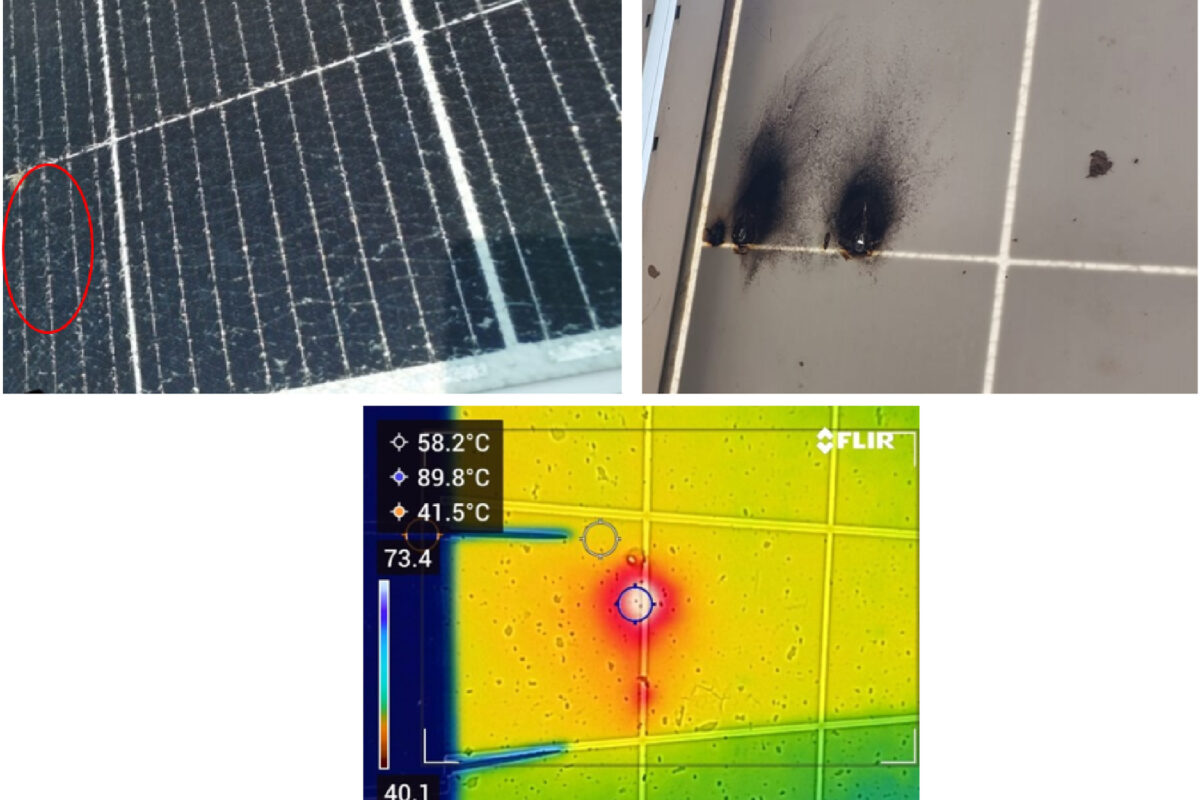The Massachusetts Department of Public Utilities has approved a rate change with which large electricity customers, in particular large business customers, can pay a transmission -by -way peak demand costs instead of a volumetric transmission costs.
The Massachusetts Department of Public Utilities (DPU) has approved a rate change with which large electricity customers can change their billing structure, with the aim of stimulating the installations of energy storage. From April, the large commercial and industrial customers of National Grid can choose as G-3 to have their transmission costs calculated based on kilowatts (kW) instead of kilowatt hours (kWh) as described in DPU 23-150.
G-3 customers are large business customers with an average monthly demand of 12 months of at least 200 kW for three consecutive months. This speed class is designed for high energy users and includes special conditions, such as different rates for peak and off-peak hours. As shown in the rate class graph below, large users pay a considerably lower rate for “energy”, which traditionally refers to the electricity speed compared to their “transmission” costs.
By moving the transmission costs to a demand -based structure, measured in $/kW, energy storage systems can limit these costs, improving their financial viability and return on investments.
Austin Dawson, deputy director of energy policy at the Massachusetts Department of Energy Resources (Doer), emphasized the benefits of the new speed structure in a LinkedIn after:
Under transmission coincidence, G3 clients have the option of saving money on their electricity accounts by reducing peak demand that coincide with System Peak, which will lower the National Grid share in the Regional Network Service (RNS) costs in addition to contributions to postponing Or avoid future transmission investments.
The RNS compensation is determined by the total electricity demand of national grid customers in Massachusetts at peak time. National Grid pays the New England Independent System Operator (ISO-NE) to ensure sufficient electricity supply during periods with a lot of application. By implementing a network of batteries on points of high energy demand and using it to reduce peak loads, the overall system efficiency and dependence on rarely used drugs improve.
Dawson noted that although G-3 customers represent less than 1% of National Grid customer base, they are good for 27% of the accidental peak demand.
Jeffrey Glassman, owner of Logistics and Warehouse Company “Darn it!” In New Bedford, five solar energy projects have installed on its buildings, including two systems behind the meter. “Since the installation of Solar, we have mainly compensated our electricity use,” said Glassman. “However, newer net measuring rules and demand costs leave us a number of inevitable costs, so we are considering batteries.”
New England has integrated battery storage for peak shears since at least 2018. Combined with the growth of small-scale solar energy, leading to the rise of the ‘duck curve“These developments have contributed to the falling viability of generating fossil fuels in the region. This trend has led to the last coal -fired power station of New England capacity payments and the planned closure of the Mystic Gas Generation Facility.
Lawrence Berkeley National Laboratory of the US Department of Energy, a few years ago, modified That question loads more than $ 15/kW on the efficiency of energy storage on investments that would stimulate the installations.
This content is protected by copyright and may not be reused. If you want to work with us and reuse part of our content, please contact: editors@pv-magazine.com.
Popular content



